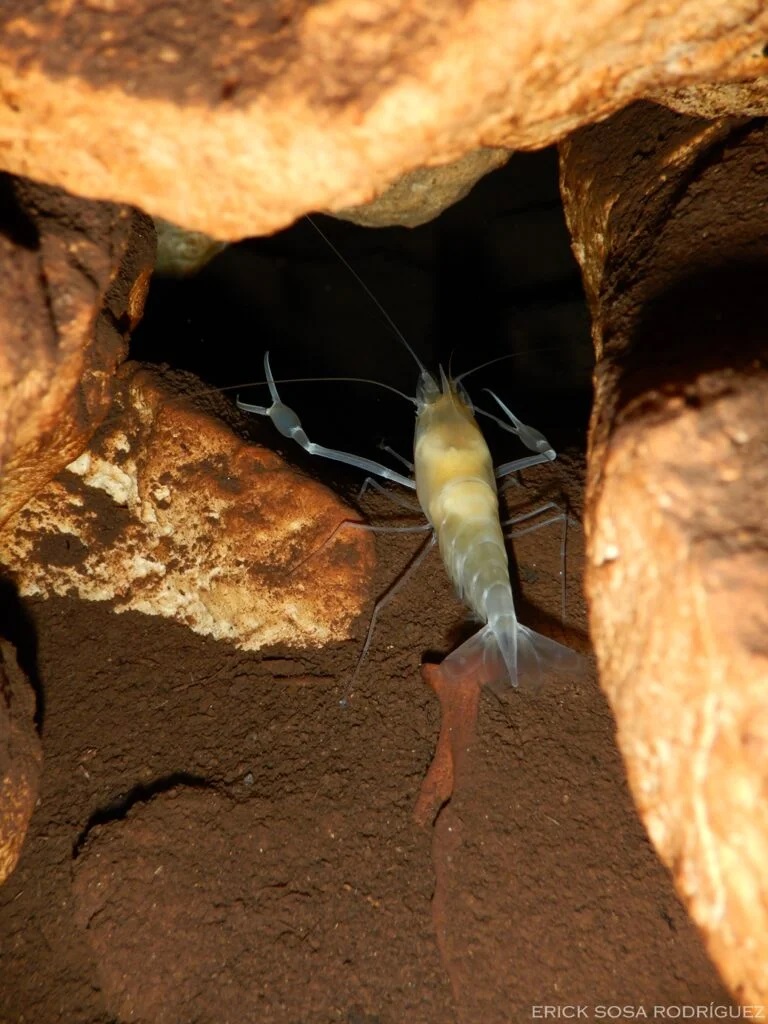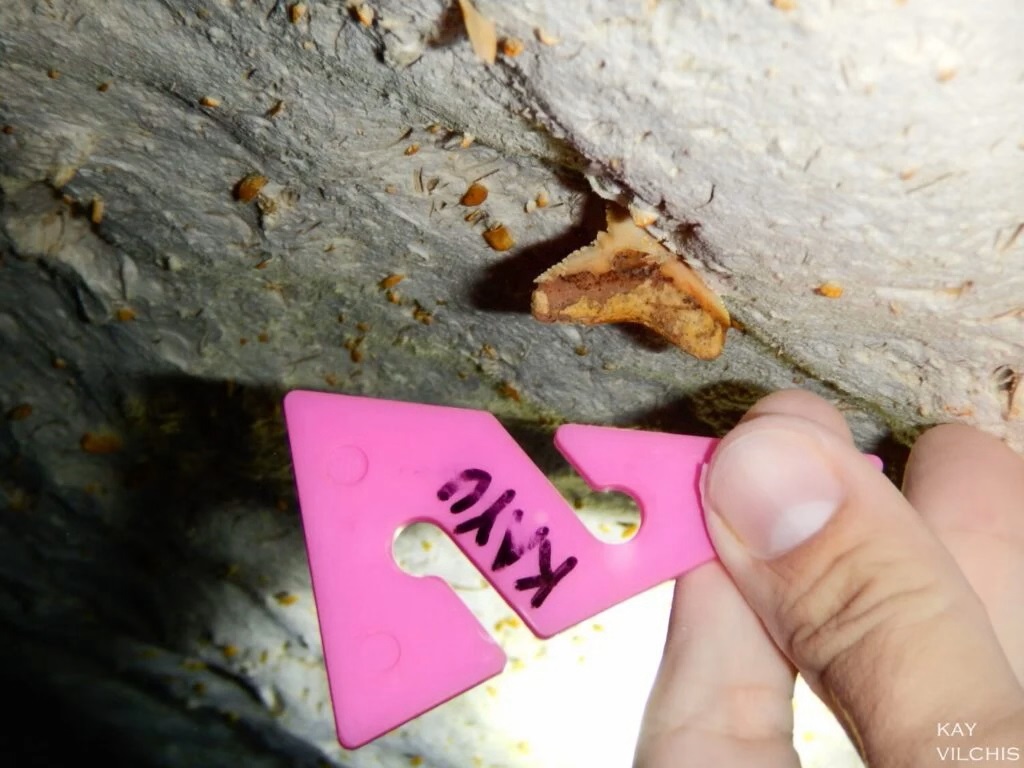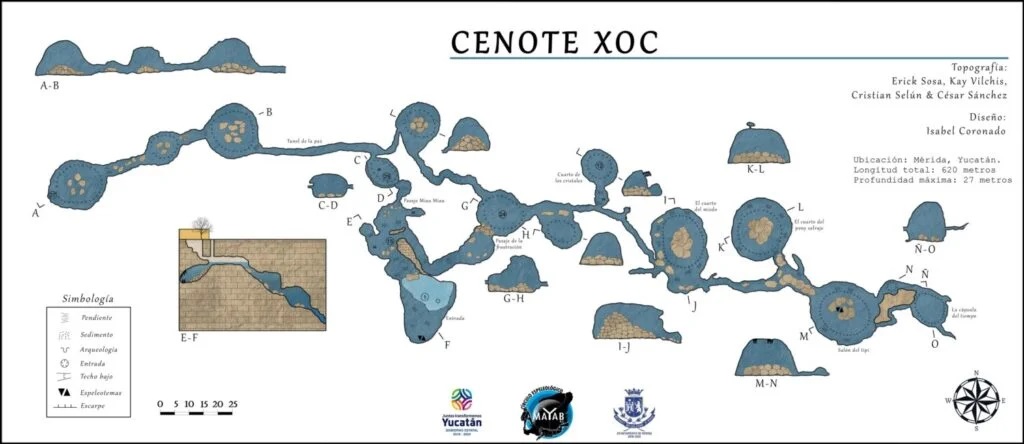MÉRIDA (Times Media Mexico) – At the beginning of 2019, the existence of a new flooded cave, located to the north of the city of Merida, was announced by the Secretary of Sustainable Development, the Mérida City Hall and the Mayab A.C. Speleological Circle, which turned out to be the third largest in the municipality with an extension of 400 meters.
It was also reported that the cave contains archaeological evidence and paleontological. Archaeological evidence consisting of human bone remains, and paleontological evidence consists of a fossil vertebra on the roof of a section of the cave, which according to experts corresponds to an extinct animal of large size, yet to be identified.
During the following months several dives have been made, in one of which spelunker, diver and underwater photographer Kay Nicte Vilchis Zapata found a shark tooth.
From that moment on, a search for more evidence began throughout the rest of the cave, resulting in new paleontological findings, corresponding to dental fossils of different shapes and sizes, indicative of the diversity of the fauna.
According to their morphology and superficial analysis it is very probable that the teeth belong to sharks of the families of the megalodons, makos and saws, genus Carcharocles, Pristis and Isirus, that lived more than 5 million years ago in times called Miocene, that starts 23 million years ago and ends 6 million years ago, and Pliocene, that starts 5 million years ago and ended 2.6 million years ago, time in which these groups of prehistoric sharks are extinguished.

Meticulous tours of all sections of the cave have been carried out. To the surprise of explorers, this resulted in the discovery of a new section of underwater development, growing 220 meters more than the 400 previously recorded.
For this it has been necessary to circumvent narrow passages through which only one person at a time fits, but which in turn lead to large flooded vaults up to 30 meters wide and 10 meters high.
Hard-to-reach areas
After crossing the 200 new meters you arrive at another narrow passage, but this one is much more restricted than the previous ones. While there is clearly a continuation, the exploration is paused for now, as the strategy is being planned to continue.

To continue the exploration would imply the introduction of more diving tanks, in addition to the two already carried by each diver, but the morphology of the cave already described (5 narrow passages before reaching the potential point), make the plan somewhat complicated.
In the same way, another point with continuation potential has already been detected, but it presents similar complications. It is hoped that new findings can be explored and shared in the near future.
The Yucatan Times
Newsroom


